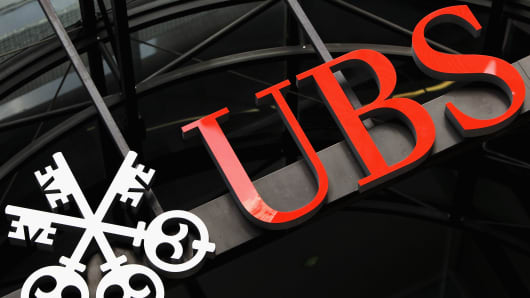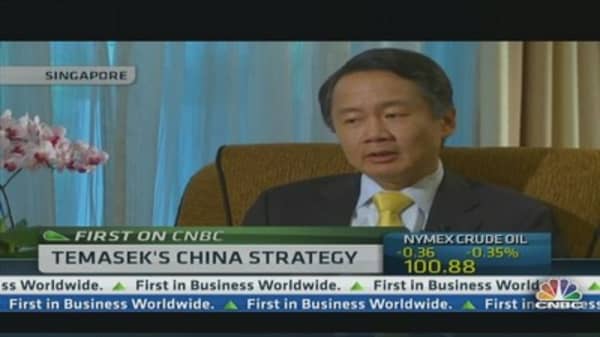In the annual report, the fund said its annualized nominal rate of return over the last five years to end March 2013 was 2.6 percent in U.S. dollar terms, down from the 3.4 percent it reported last year.
GIC is the world's fourth largest sovereign wealth fund with around $250 billion in assets under management, according to Institutional Investor, an industry publication.
Long-term optimism on china
Lim said he maintains a positive long-term view on China but is wary of risks in the near-term related to shadow banking and excess capacity in its economy.
(Read more: Are fears over China government debt overblown?)
"What's happening there is they are trying to reform the economic system, change the mix of the GDP and are taking proactive steps in doing so, so it's very positive for the long term," he said.
"As they do that, they run into the risks of losing too much growth, losing too many jobs, as they try to change," he added.
GIC also unveiled a new structure for how it will organize its holdings, putting them into two portfolios, one known as the policy portfolio and the other as the active portfolio.
(Read More: Singapore Will Replace Switzerland as Wealth Capital)
The fund won't give details on the relative size of the two investment pools, but say the policy portfolio will generate the bulk of its risk and returns. That one will mainly invest in equities, with a smaller allocation for bonds, cash and real estate.
The active portfolio will include a wider mix of asset classes. "The policy portfolio is the long distance runner, generating the bulk of returns; the active portfolio is our attempt to do better than the policy portfolio through skill-based strategies," said GIC chief economist Leslie Teo.
This is only the second time since GIC was founded in 1981 that it has reviewed its overall investment approach.
Unlike sister fund manager Temasek Holdings, which focuses on equities, GIC adopts a more conservative investment strategy with the long-term goal of beating global inflation.
(Read More: Temasek-backed China REIT Surges After Record Singapore IPO)
The fund announced that its annualized, rolling 20-year real rate of return for the period ending March 2013 was 4.0 percent, up just a touch from last year's rate of 3.9 percent.
The fund said its five-year performance was affected by a weaker performance in alternative asset classes such as real estate and infrastructure, which have taken longer to recover from the financial crisis than equity and bond markets.
The distribution of its investments across asset classes was largely unchanged, with the biggest change being the proportion in fixed income rising to 21 percent from 17 percent, while its cash holdings dropped to 7 percent from 11 percent.




